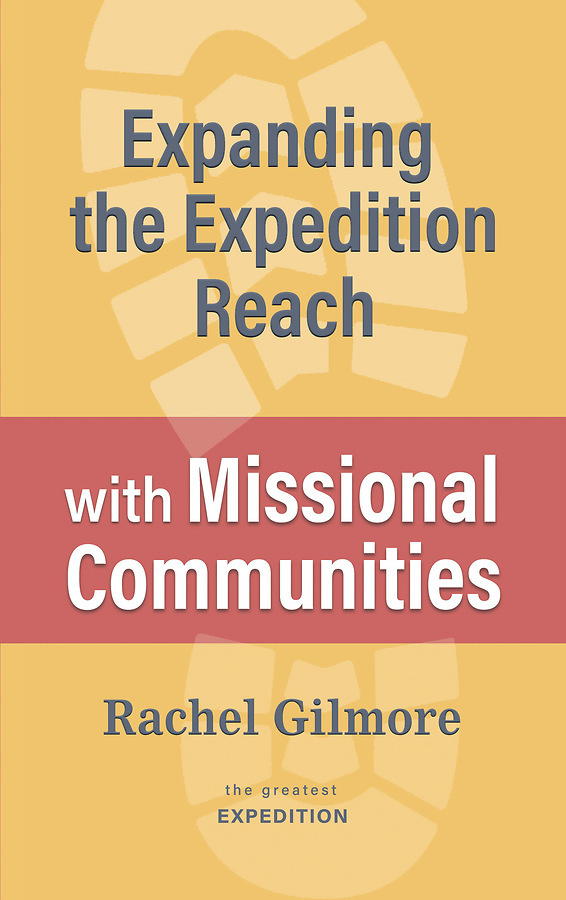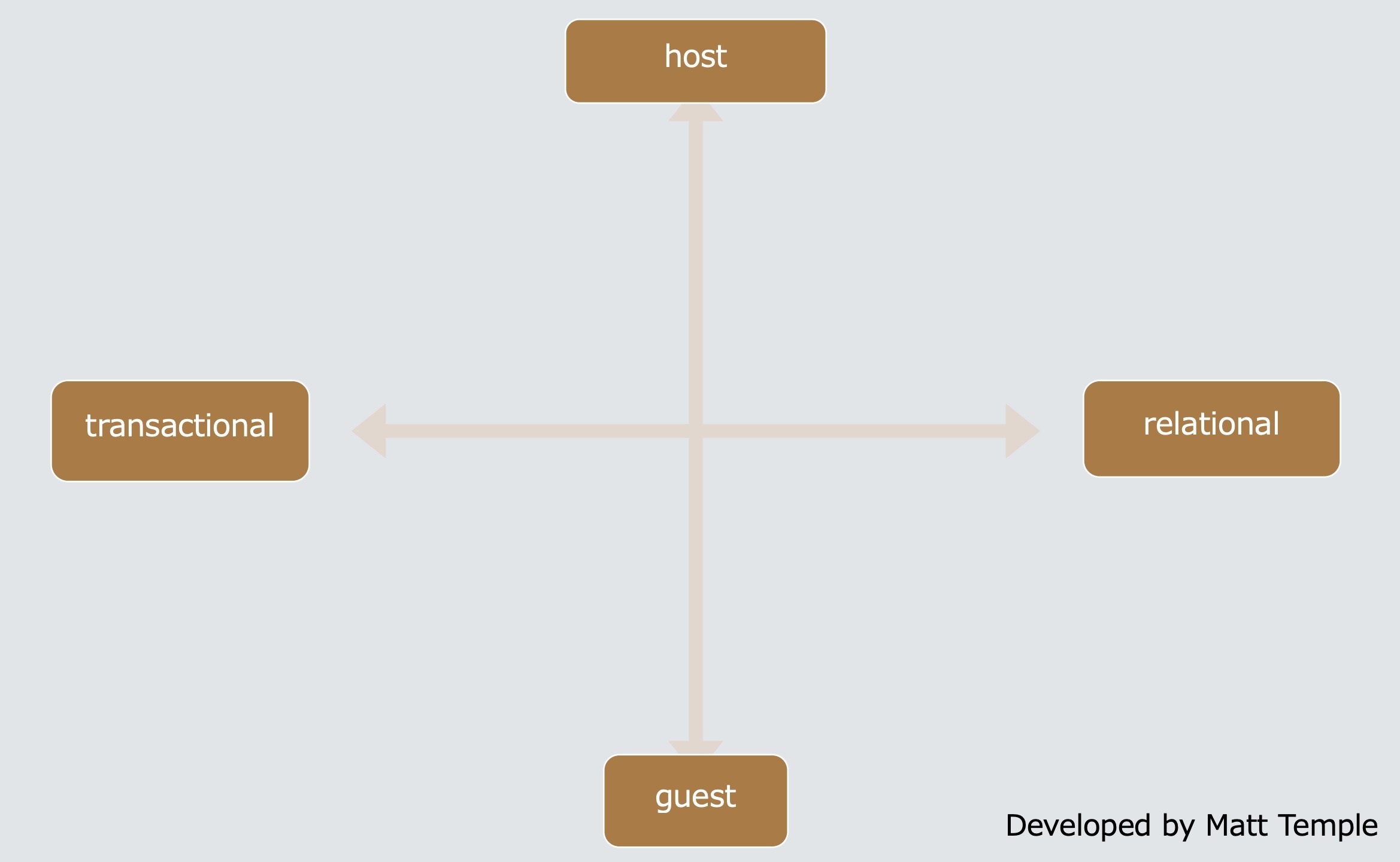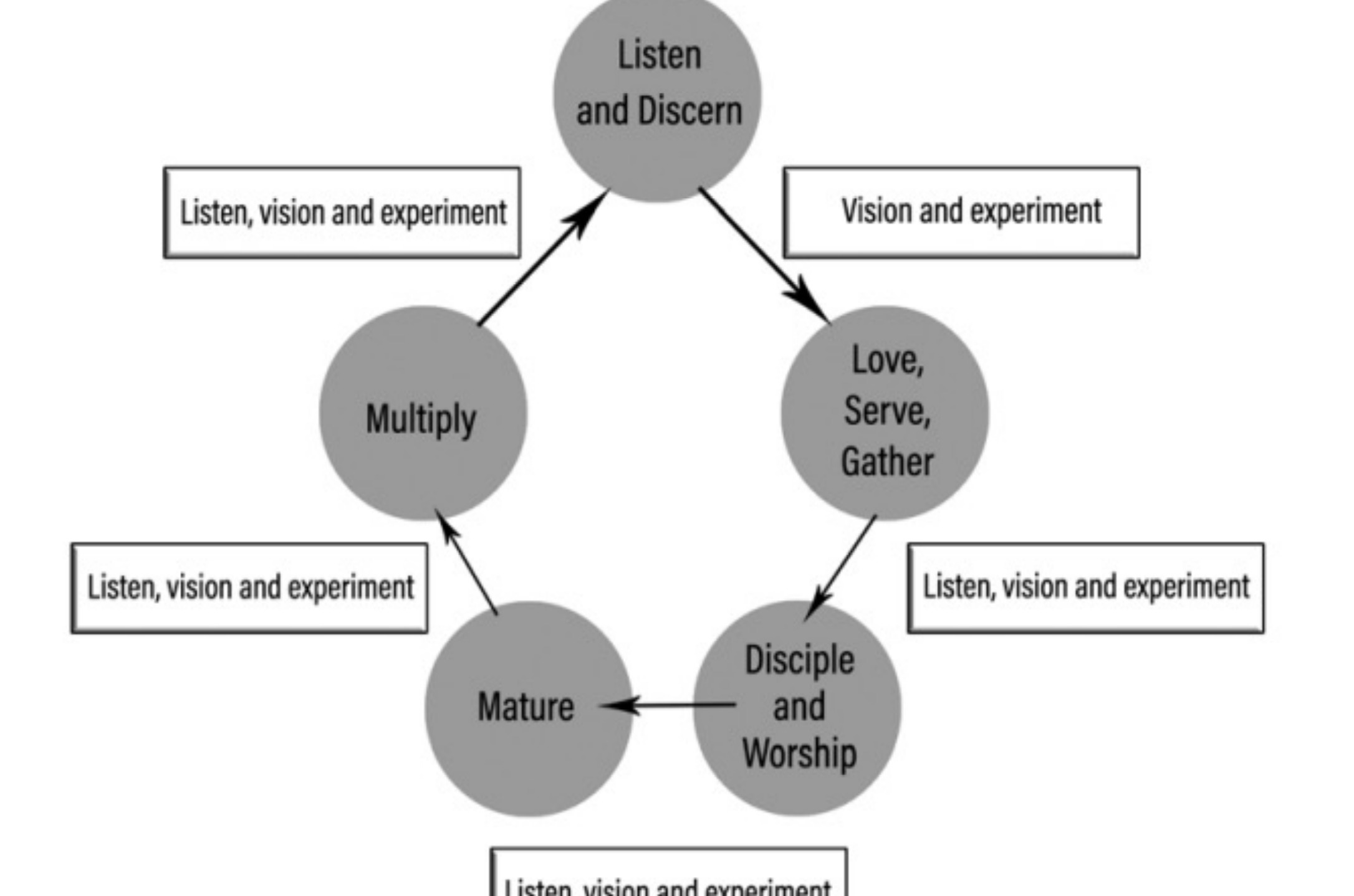
Reach with missional communities

Photo illustration by Karla Hovde.
A church forming a team in the city softball league and gathering in a pub after the game turns into a new type of faith community that reaches people who have never been connected to a church.
A pastor visiting an individual in jail leads to that individual leading Bible studies and Christmas services with her fellow inmates.
Church members partner with a food bank for a grocery giveaway in an empty lot. A group of people who are experiencing homelessness and camping near that lot become a church family that meets before each giveaway for prayer and a message.
All of these are missional communities Rev. Rachel Gilmore was involved in, even before she knew the term “missional community.”

Gilmore's new book, "Expanding the Expedition Reach with Missional Communities" available through Cokesbury.
On Sept. 30, Gilmore spoke to 35 lay and clergy attendees from across the Dakotas-Minnesota Area about how to reach new people with what she calls “missional communities” or “fresh expressions.”
Gilmore—an experienced church planter, coach, and consultant—describes a missional community as new faces in new spaces. Missional communities, which are often lay-led, reach people other than church members and reach them outside of church buildings.
“People aren’t coming back to church, Methodism is in decline, Christians aren’t feeling like it’s their obligation to reach out and share their faith with others,” Gilmore said. “That’s a problem, and we need be, and build, and make disciples of Jesus Christ for the transformation of the world.”
But while traditional church participation is declining, non-traditional expressions of faith, including missional communities, are having success in reaching those who would not consider attending a Sunday worship service.
Gilmore is currently planting a church in Phoenix, Arizona. She recently published the book, “Expanding the Expedition Reach with Missional Communities,” which she drew on for this session.
Missional communities vs. church programs
Unlike evangelism strategies of the past, “missional communities start with relationships and shared interests and mutuality, and we need more of that bridge-building, now more than ever,” said Gilmore.

Gilmore asked attendees to consider how many of their church's activities are hosted by the church vs. how many put church members in the role of guest. Screenshot from 90-minute webinar.
Gilmore asked attendees to list as many activities and programs that members of their church participate in as they could think of. Then participants charted the activities on a graph with a transactional/relational axis and a host/guest axis. Participants could think of both transactional and relational activities, but almost all activities were ones that the church hosted (meaning that church members decide when, where, and what will happen.)
Gilmore explained that a key element of a missional community is being the guest, not the host, most of the time.
“The heart of missional communities begins when we embrace our call to guest, to go out of our space and be welcomed into the community—to listen, to learn, to love, and to realize who our neighbors are.”
The rhythm of a missional community leader
Gilmore explained that there is a cycle or rhythm that missional community leaders go through over and over.
The five main components of the rhythm are: listen and discern; love, serve, and gather; disciple and worship; mature; and multiply. Between each aspect of the cycle, Gilmore encourages people to listen, rethink, and consider anew what they are being called to do. You can hear Gilmore explain this rhythm and give examples of each of the five points from 0:47:40 to 1:13:49 in the presentation recording.

The cycle of a missional community leader. Screenshot from Gilmore's presentation.
Gilmore emphasized that “clergy are really important in identifying people for missional communities, but these work best when they are lay-led.”
She pointed to some indicators that a lay person might make a good leader of a missional community. This person is active in their faith, but attends church about once or twice per month, as this person is likely to have more relationships outside of the church than those who attend church every Sunday. This lay person has a generous spirit, should have a well-developed understanding of discipleship (not brand new to Christianity), and isn’t prone to negativity or judgmental attitudes.
Examples of missional communities
Gilmore named a number of successful missional communities that can provide inspiration.
Online examples include: Holy Mischief with Shannon Karafanda, Methodist Gaming with @CircuitRider and @DeaconHavoc, Piper Sumner-Ramsey’s Tiktok and “Unchurch” Discord, Living Room Church with Michael Beck, and connecting with people on sites or apps such as Peanut, Clubhouse, or Meetup.com.
In-person ideas include: Paws of Praise (dog park worship), Messy Church (Gilmore suggested subscribing to its magazine), pub theology, dinner church, book clubs, square dancing with Jesus, yoga in the park, auto-shop church, groups that gather in parks for walks, and playground gatherings for parents.
However, what is important is that the leader is already passionate about the space or activity and already has genuine connections with the people there. The leader needs to do a lot of listening to the needs of the community they plan to engage, be a guest, and have a real love for those they encounter.
“If our reason for doing missional communities is to fill up our pews or get more stewardship pledges, it’s not going to be fruitful, because our ‘why’ isn’t coming is from the right place,” Gilmore said. “Our ‘why’ needs to come from a deep love of Christ and a deep love of our neighbor.”
To get more examples and advice on starting missional communities, watch the 90-minute webinar recording. You will also have access to PowerPoint slides, a discount code to Gilmore’s new book, and more resources.